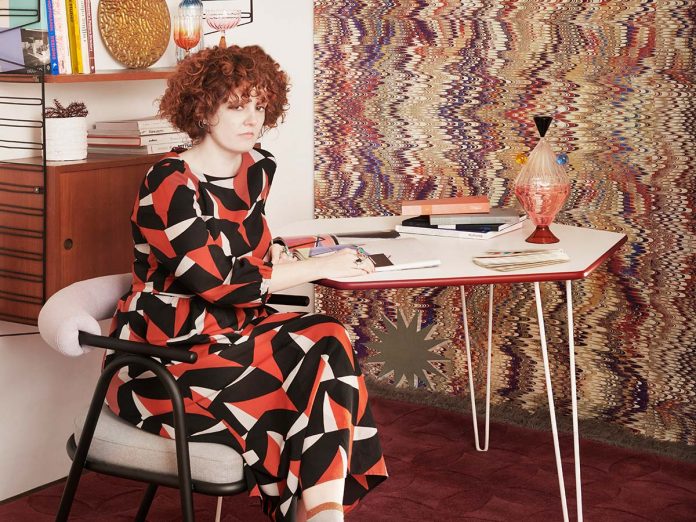A forceful graphic style combined with an emotional component. Daring forms, colors and patterns spring from Serena Confalonieri’s passion for architecture and her personal need to elevate objects beyond pure function and image, creating an affective bond.
How important is color for you?
It is the most emotional part: beyond form and function, it sets the right tuning for the finished product.

In the Senza Maschere lamps created for Campari, you also play with lettering.
The lamp is inspired by the geometric lines of Sottsass, the lettering, drawings and poetics of Depero, all reinterpreted in a personal, ironic way: the letters SODA and the iconic bottle of the brand generate a stylized face, where the head is the luminous part.
Where do you begin when you create?
Sometimes from a mood, other times from a specific technique, and in other cases from a particular research project, or a trip. Then, over time, the information settles and comes together in a natural way, inside my head.
What do you want to achieve?
To create projects with a soul, that prompt people to choose them amidst a thousand others, because they convey positive feelings
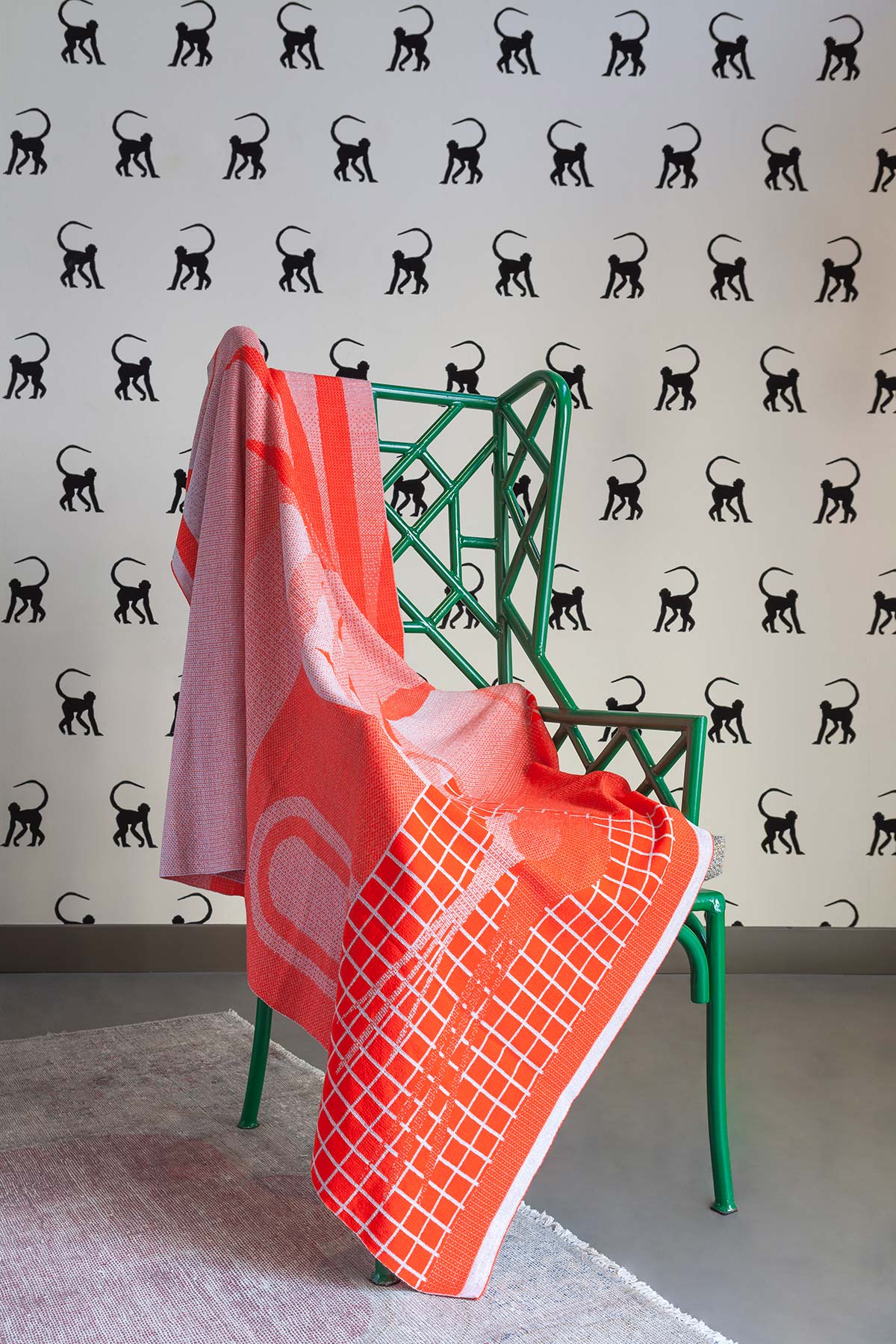
Craftsmanship is another important aspect.
I’ve always been interested in traditional techniques, wondering why no one applies them in contemporary pieces. So I began to do just that, first with self-produced items and then in collaboration with Fondazione Cologni on projects like Doppia Firma, or the recent Artijanus Artijanas initiative. You gradually realize how lucky we are here in Italy to have these resources close to home, which ought to be conserved. Working in close contact with artisans allows you to learn about how materials behave, and to establish a relationship of complicity between the designer and the maker.
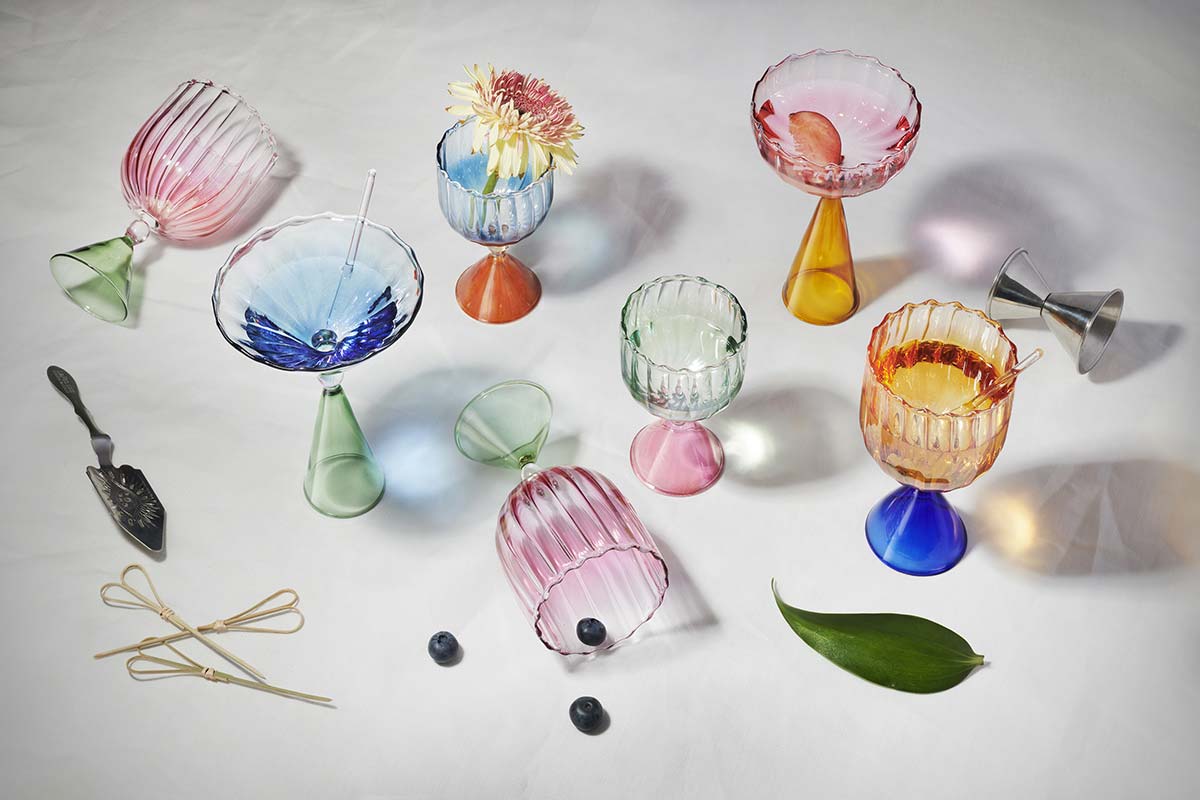
The limited editions, some of them self-produced (sold by Pamono, Artemest, etc.), seem to be a dimension that appeals to you.
I began my self-produced works in 2017 with the Masai collection, and over the years I have added four more collections: Mojo, the Caleido vases, and the Arabesque and Calypso series of blown borosilicate glass. I am very pleased because they have all met with success, both in commercial terms and in the reactions of sector professionals. Alongside the e-commerce sites, precisely in this period I am implementing a shop sections directly at my website, where it will be possible to purchase all the self-produced pieces.
Your creations seem to be suspended between past and present (the love of handicrafts and a contemporary spirit).
I am always very careful not to fall into ‘nostalgia,’ so I try to balance inspirations from the past with the right amount of contemporary flair.
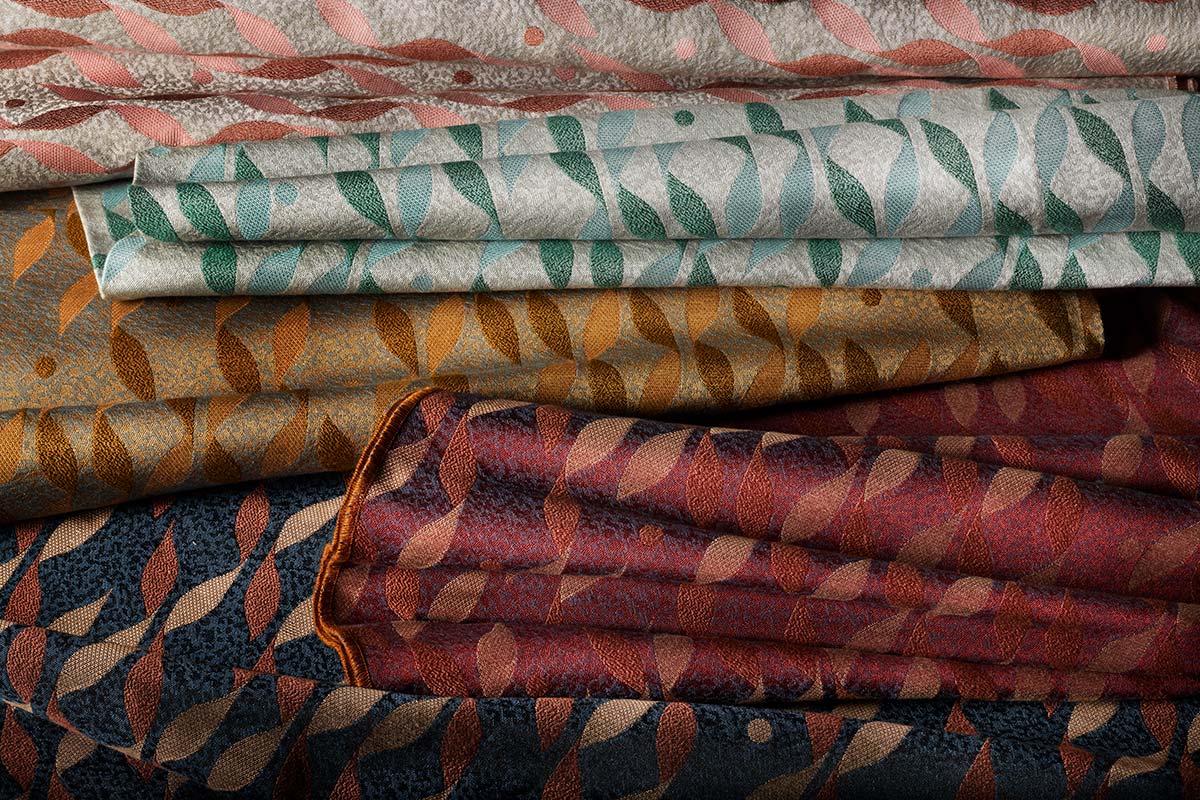
You studied and worked for six months in the textile sector in New York. Did this experience also influence you with respect to the textures and patterns of your wallpapers?
I’ve always loved Art Deco, and in this sense the experience in New York was priceless. I absorbed an entire cultural and technical background, which has then resurfaced in my subsequent works.

Also in the latest collections for Wall&Decò and Mohebban?
In spite of their differences, both these projects somehow link back to the 1970s. The Starlight wallpaper collection picks up on the textures and colors of historic Florentine marbled wallpapers, utilizing the colored waves of those patterns, compressing them and repeating them in an almost obsessive way. The result is a finely patterned background, with contrasting colors. A movement that suggests the glitches of digital screen turbulence, but also the frenetic brushstrokes of Impressionist paintings, the Starry Night of Van Gogh that leads to the idea of using star-shaped graphic elements. The wallpaper is based on a classic striped motif that contains unexpected geometric effects. Small circles, like droplets sliding on the surface, leave a trail that reminds us of morning dew or falling stars. The palette chosen for the textile surface uses soft tones, the warm hues of autumn.
The collaboration with Wall&Decò is a long-term relationship – I have worked with Christian and his team for almost 10 years. There is a great sense of trust, and every new project happens in a very fluid, spontaneous way.
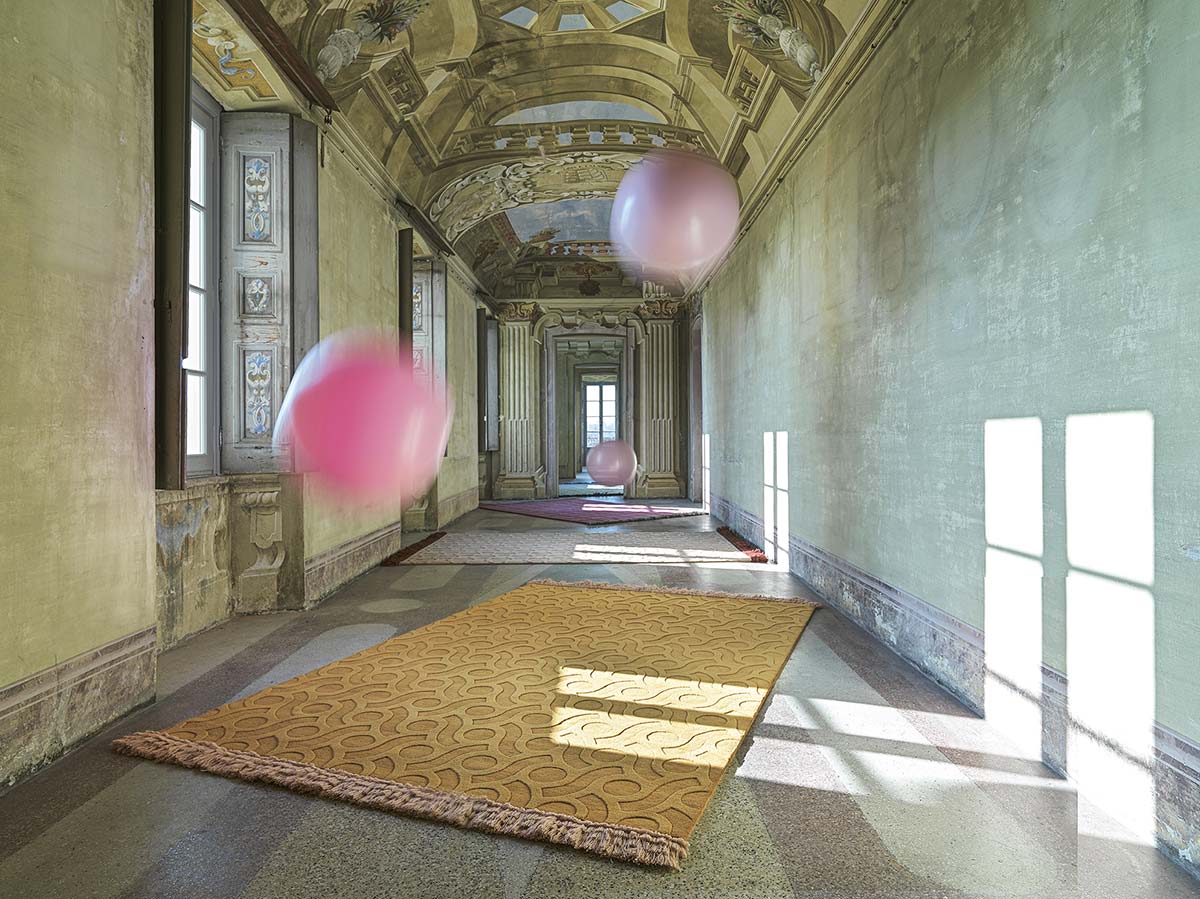
In the collection of carpets by Mohebban the reference to the 1970s is clear in the colors, patterns, styles and name. Twiggy: a model and actress, an icon of fashion and style, who with her miniskirts and bright outfits set the image of an entire decade, marked by new levels of creative and social freedom.
Who are the personalities that have influenced you most?
The work with Aldo Cibic and Diego Grandi, among those with whom I have collaborated over the years. Among the great masters of the past, I look to the aesthetic and style of Josef Hoffmann for the focus on geometric abstraction, to Gio Ponti for his masterful use of color and forms, to Eileen Grey for the balance between minimalism and sinuous forms, and to Luis Barragan for nature, colors, essential shapes.

